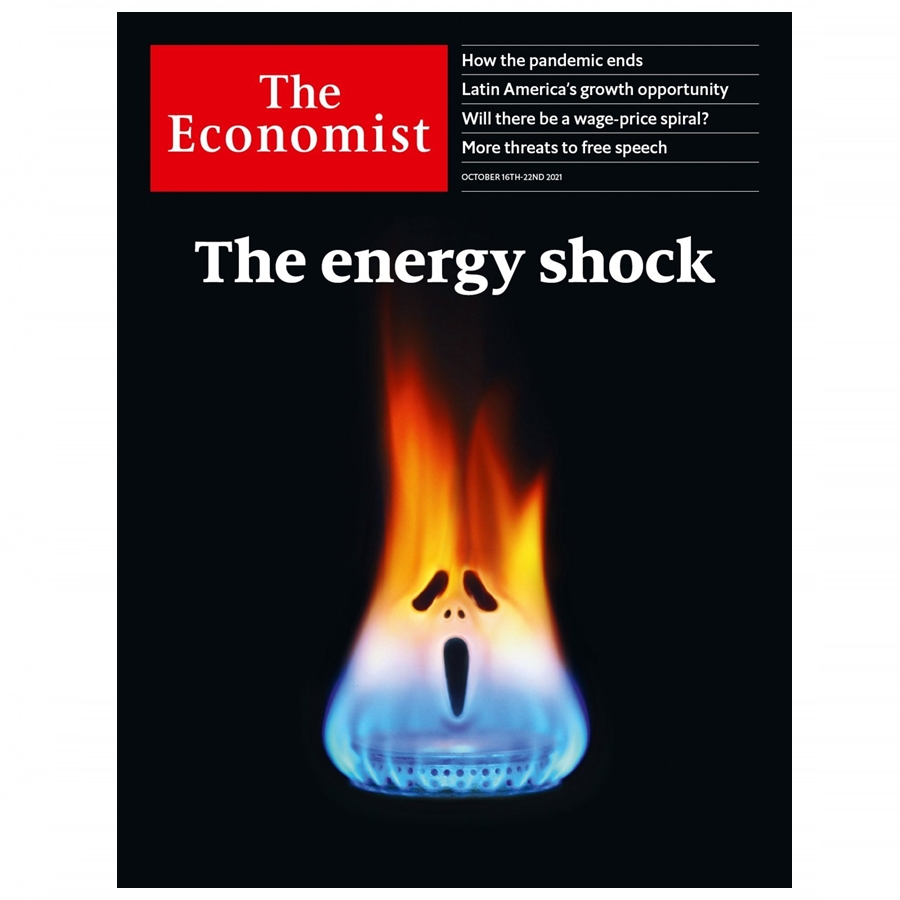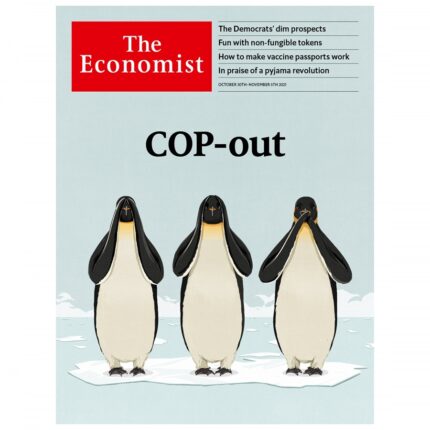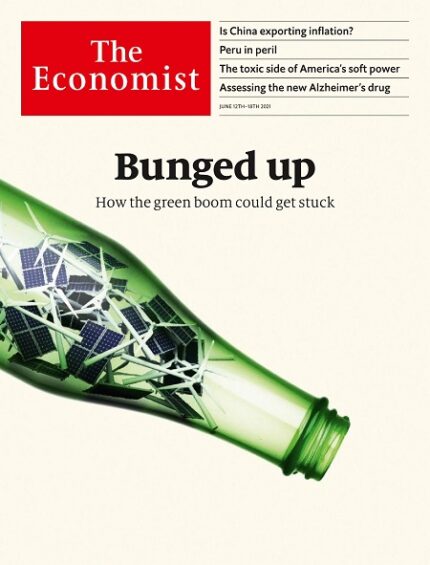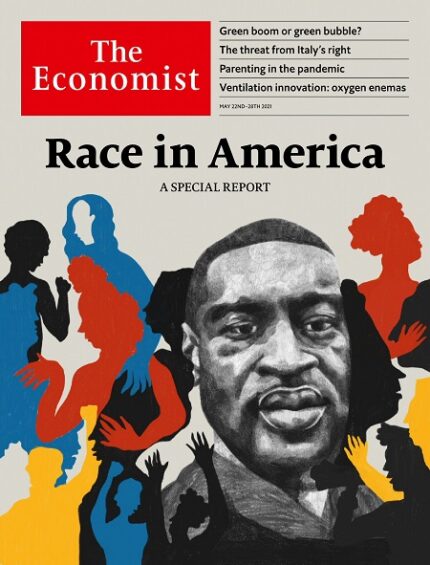The Economist Magazine 22nd October 2021. Next month world leaders will gather at the cop26 summit, saying they mean to set a course for net global carbon emissions to reach zero by 2050. As they prepare to pledge their part in this 30year endeavour, the first big energy scare of the green era is unfolding before their eyes. Since May the price of a basket of oil, coal and gas has soared by 95%. Britain, the host of the summit, has turned its coalfired power stations back on, American petrol prices have hit $3 a gallon, black outs have engulfed China and India, and Vladimir P utin has just reminded Europe that its supply of fuel relies on Russian goodwill.
The panic is a reminder that modern life needs abundant energy: without it, bills become unaffordable , homes freeze and businesses stall. The panic has also exposed deeper problems as the world shifts to a cle aner energy system, including inadequate investment in renewables and some tr ansition fossil fuels, rising geopolitical risks and flimsy safety buffers in power markets. Without rapid reforms there will be more energy crises and, perhaps, a popular revolt against climate policies.
The idea of such a shortage seemed ridiculous in 2020 when global demand dropped by 5%, the most since the second world war, triggering costcutting in the energy industry . But as the world economy has cranked back up, demand has surged even as stockpiles have run dangerously low . Oil in ventories are only 94% of their usual level, Europe an gas storage 86%, and Indian and Chinese coal below 50%.
Tight markets are vulnerable to shocks and the intermittent nature of some renew able power. The list of disruptions includes routine maintenance, accidents, too little wind in Europe, droughts that ha ve cut Latin American hydropower output, and Asian floods that have impeded coal deliveries. The world may yet escape a severe energy recession: the glitches may be resolved and Russia and opec may grudgingly boost oil and gas production. At a minimum, however , the cost will be higher inflation and slower growth. And more such squeezes may be on the way. The Economist Magazine 22nd October 2021
[button url=”https://hostnezt.com/cssfiles/currentaffairs/internationalmagazines/The%20Economist%20Magazine%2022nd%20October%202021.pdf” class=”” bg=”” hover_bg=”” size=”0px” color=”” radius=”0px” width=”0px” height=”0px” target=”_blank”] DOWNLOAD NOW [/button]



























